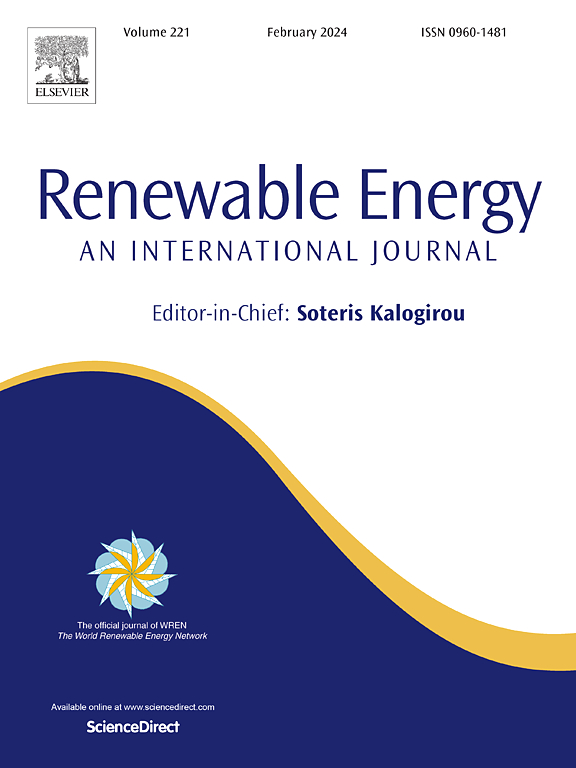供气方式对端阳极PEMFC性能影响的研究
IF 9.1
1区 工程技术
Q1 ENERGY & FUELS
引用次数: 0
摘要
在阳极为死端的质子交换膜燃料电池(PEMFC)运行过程中,水和氮从阴极侧渗透并逐渐积聚在阳极侧,影响氢燃料的传质和分布。这种累积会导致性能逐渐下降。为了优化死端阳极PEMFC (DEA-PEMFC)的性能,本研究通过理论分析和实验方法,包括使用可视化燃料电池和分区测量,研究了供气方式对DEA-PEMFC运行性能的影响。结果表明,反向输送反应物气体消除了阳极流道中的水积聚,显著延长了稳态运行时间。然而,反向流动并不能改善局部电流密度分布的均匀性。此外,无论采用共流还是逆流,减少阴极反应物气体的加湿时间都能显著增加DEA-PEMFC的稳态运行时间。这些发现为优化供气方式和提高DEA-PEMFC的性能提供了重要的指导。本文章由计算机程序翻译,如有差异,请以英文原文为准。
Study on the effect of gas supply methods on the performance of PEMFC with dead-ended anode
In the operation of a proton exchange membrane fuel cell (PEMFC) with dead-ended anode (DEA), water and nitrogen from the cathode side permeate and gradually accumulate on the anode side, impairing hydrogen fuel mass transfer and distribution. This accumulation leads to progressive performance degradation. To optimize the performance of PEMFC with dead-ended anode (DEA-PEMFC), this study investigates the impact of gas supply methods on the operating performance of DEA-PEMFC through theoretical analysis and experimental methods, including the use of a visualized fuel cell and partition measurement. The results indicate that reverse flow delivery of reactant gases eliminates water accumulation in the anode flow channels, significantly extending the duration of steady-state operation. However, reverse flow does not improve the uniformity of local current density distribution. Moreover, irrespective of whether cocurrent flow or reverse flow is used, reducing the humidification duration of the cathode reactant gas markedly increases the steady-state operation time of DEA-PEMFC. These findings offer crucial guidance for optimizing gas supply methods and enhancing the performance of DEA-PEMFC.
求助全文
通过发布文献求助,成功后即可免费获取论文全文。
去求助
来源期刊

Renewable Energy
工程技术-能源与燃料
CiteScore
18.40
自引率
9.20%
发文量
1955
审稿时长
6.6 months
期刊介绍:
Renewable Energy journal is dedicated to advancing knowledge and disseminating insights on various topics and technologies within renewable energy systems and components. Our mission is to support researchers, engineers, economists, manufacturers, NGOs, associations, and societies in staying updated on new developments in their respective fields and applying alternative energy solutions to current practices.
As an international, multidisciplinary journal in renewable energy engineering and research, we strive to be a premier peer-reviewed platform and a trusted source of original research and reviews in the field of renewable energy. Join us in our endeavor to drive innovation and progress in sustainable energy solutions.
 求助内容:
求助内容: 应助结果提醒方式:
应助结果提醒方式:


